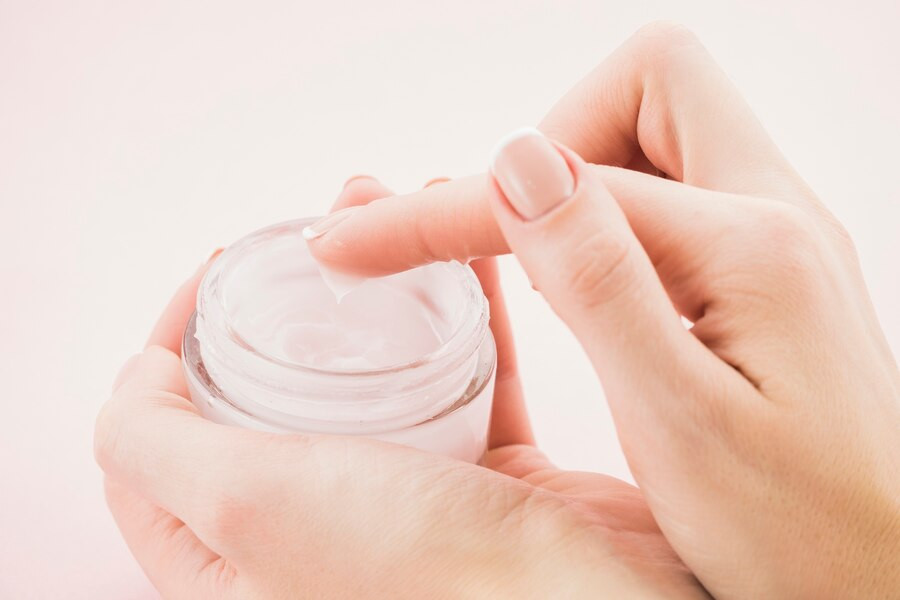Asam salisilat (salicylic acid) sering digunakan dalam produk perawatan kulit dan obat-obatan untuk mengatasi masalah kulit. Asam salisilat merupakan bahan aktif yang memiliki berbagai manfaat terutama dalam pengobatan jerawat, mengobati ketombe, psoriasis, kutil, mengatasi kulit kering dan kasar dan masih banyak lagi.
Asam salisilat bekerja dengan mengelupas lapisan luar kulit dan membuka pori-pori sehingga membantu mencegah masalah kulit dan memperbaiki tekstur kulit. Namun, penggunaannya harus dilakukan sesuai petunjuk agar terhindar dari iritasi dan efek samping.
Efek Samping Penggunaan Asam Salisilat (Salicylic Acid)
Meskipun efektif, penggunaan asam salisilat terkadang dapat menimbulkan efek samping, di antaranya:
- Iritasi kulit
- Kemerahan dan pembengkakan
- Kulit menjadi kering dan terkelupas
- Sensasi terbakar atau perih di area yang dioleskan
- Sensitivitas terhadap sinar matahari
- Interaksi dengan produk lain terutama bila digunakan bersamaan dengan retinoid atau AHA
Baca Juga: Amankah Menggunakan Salicylic Acid Saat Sedang Hamil?
Penggunaan asam salisilat yang berlebihan dapat menyebabkan overdosis. Kondisi ini dapat ditandai dengan beberapa gejala, di antaranya:
- Kebingungan
- Diare
- Pusing
- Pernapasan yang dalam dan cepat
- Sakit kepala parah atau terus-menerus
- Kehilangan pendengaran
- Mual
- Pernapasan tidak teratur
- Telinga berdenging
- Rasa kantuk yang parah
- Sakit perut
- Muntah
Beberapa gejala efek samping maupun overdosis biasanya tidak membutuhkan pertolongan medis darurat. Apabila gejala yang dirasakan cukup mengganggu, sebaiknya konsultasikan dengan dokter atau ahli dermatologi untuk mendapatkan evaluasi dan pengobatan lebih lanjut.
Baca Juga: Ketahui Cara Menggunakan Salicylic Acid yang Benar
Cara Mencegah Efek Samping Asam Salisilat (Salicylic Acid)
Untuk mencegah efek samping, ada beberapa hal yang sebaiknya dilakukan, di antaranya:
- Selalu membaca dan mengikuti petunjuk yang tertera pada label produk dan tidak menggunakannya melebihi dosis yang disarankan.
- Menggunakan produk dengan konsentrasi rendah dan meningkatkannya secara perlahan sesuai kebutuhan kulit.
- Menghindari mengombinasikan asam salisilat dengan produk yang dapat menyebabkan iritasi tambahan seperti produk yang mengandung retinoid atau alkohol tinggi.
- Menjaga kelembapan kulit dengan menggunakan pelembap yang sesuai. Kulit yang terhidrasi dengan baik lebih tahan terhadap efek samping.
- Asam salisilat tersedia dalam berbagai bentuk, termasuk krim, gel, tonik, dan pembersih. Pilih produk sesuai dengan kebutuhan kulit Anda dan ikuti petunjuk penggunaannya.
- Sebelum mengaplikasikan asam salisilat, pastikan wajah Anda bersih. Gunakan pembersih wajah yang lembut untuk menghilangkan kotoran dan minyak berlebih.
- Jangan lupa untuk melakukan tes alergi pada area kecil kulit dan memeriksa adanya reaksi alergi atau iritasi. Hindari penggunaan asam salisilat pada area kulit yang sensitif, seperti sekitar mata, bibir, dan area yang terluka.
Apabila Anda mengalami efek samping atau iritasi setelah menggunakan produk yang mengandung asam salisilat, segera hentikan penggunaan dan konsultasikan dengan dokter atau ahli dermatologi.
Anda juga bisa bertanya pada dokter kami melalui layanan konsultasi kesehatan Ai Care yang bisa diunduh di App Store atau Play Store.
Mau tahu tips dan trik kesehatan, pertolongan pertama, dan home remedies lainnya? Cek di sini, ya!
- dr Nadia Opmalina
Scott Frothingham (2023). Can Salicylic Acid Help Treat Acne?. Available from: https://www.healthline.com/health/skin/salicylic-acid-for-acne
Cleveland Clinic (2024). Salicylic Acid topical gel, cream, lotion, solution. Available from: https://my.clevelandclinic.org/health/drugs/20341-salicylic-acid-topical-gel-cream-lotion-solution
Mayo Clinic (2024). Salicylic Acid (Topical Route). Available from: https://www.mayoclinic.org/drugs-supplements/salicylic-acid-topical-route/side-effects/drg-20066030
WebMD. Salicylic Acid Gel - Uses, Side Effects, and More. Available from: https://www.webmd.com/drugs/2/drug-18-193/salicylic-acid-topical/salicylic-acid-for-acne-topical/details












